Can Donald Trump fire Jay Powell – and what do his threats mean for investors?
Donald Trump has been vocal in his criticism of Jerome "Jay" Powell, chairman of the Federal Reserve. What do his threats to fire him mean for markets and investors?

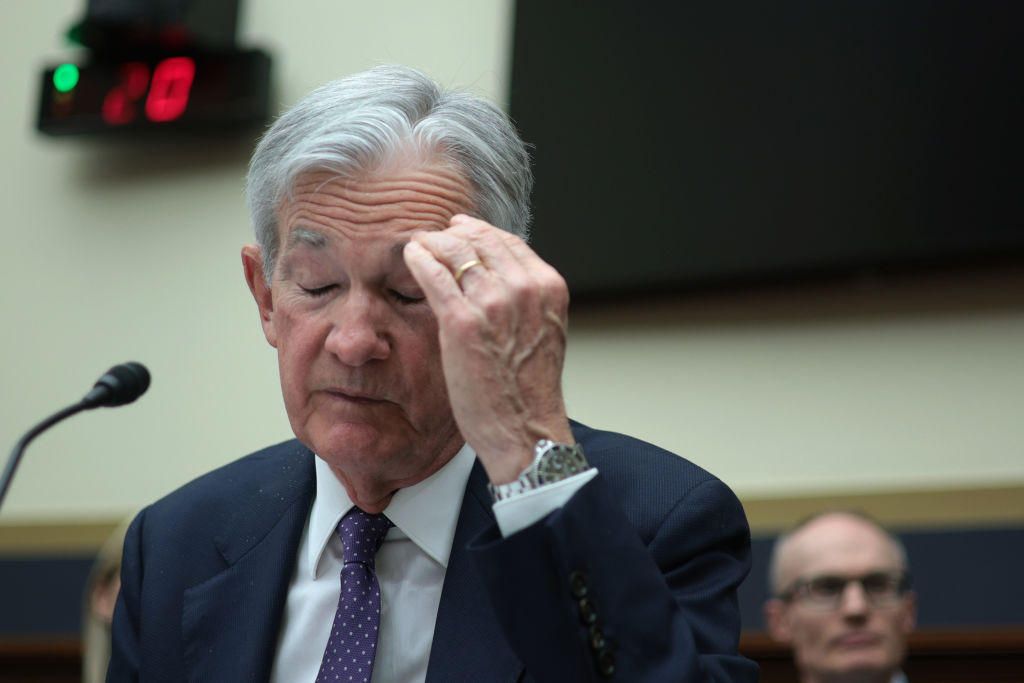
It is no secret that US president Donald Trump is not a fan of Jerome “Jay” Powell, the chairman of the US Federal Reserve (Fed). Last Thursday, 17 April, he took his criticism up a notch when he threatened to fire Powell, saying his “termination” could not come “fast enough”.
The move constituted a significant overstep. The Fed is independent, meaning it sets interest rates without interference from the White House or Congress. Politicians generally respect this.
The main thing irking Trump is Powell’s refusal to lower interest rates quickly. On the campaign trail, Trump promised to relieve pressure on households by reducing borrowing costs – a decision that lies outside of the president’s power.
MoneyWeek
Subscribe to MoneyWeek today and get your first six magazine issues absolutely FREE

Sign up to Money Morning
Don't miss the latest investment and personal finances news, market analysis, plus money-saving tips with our free twice-daily newsletter
Don't miss the latest investment and personal finances news, market analysis, plus money-saving tips with our free twice-daily newsletter
Markets responded negatively to Trump’s comments when they opened after the Easter weekend. The S&P 500 closed 2.4% lower on Monday, while the Nasdaq 100 fell 2.5%. The dollar also weakened, while gold and long-term Treasury yields rose.
Trump quickly backtracked on Tuesday, 22 April, telling reporters that he has “no intention” of firing Powell. “I would like to see him be a little more active in terms of his idea to lower interest rates,” he added. Markets jumped on the news.
As well as Trump’s comments on Powell, the rebound was partly driven by the suggestion that the US might come to an agreement with China, after Treasury secretary Scott Bessent said the trade war was unsustainable.
“These comments have given markets a sense of optimism that recent chaos might have peaked and we’re heading towards calmer waters. It almost suggests that someone has taken Trump to one side and told him it’s time to be more responsible with his words and actions,” said Russ Mould, investment director at AJ Bell.
While a temporary sense of calm has been restored, the episode raises questions about the Fed’s independence and how much power the president has over the US central bank. Can Trump fire Powell – and what would it mean for markets?
Can Trump fire the chair of the Fed?
The chairman of the US Federal Reserve is nominated by the US president and confirmed by the Senate, however it is an independent role. The chair serves a four-year term and can be reappointed several times.
Powell was originally nominated by Trump in 2017 during his first term as president, before relations between the two soured. He was nominated for a second term by Biden in 2022.
Speaking in Chicago last week, Powell said the Fed’s independence is “very widely understood and supported in Washington and in Congress where it really matters”. He added that the central bank was “never going to be influenced” by political pressure. “We will only make our decisions based on our best thinking… our best analysis of the data.”
Despite this, lawyers recently told the Supreme Court that the Fed’s independence could be left vulnerable, should Trump’s recent firing of two Democrats be allowed to stand. Cathy Harris and Gwynne Wilcox were dismissed from two federal labour boards before their terms expired.
The implication is that this could set a dangerous precedent for other independent agencies.
What’s behind Trump’s criticism of Powell?
Trump’s argument with Powell goes back to the fact that he wants interest rates to fall more quickly.
The Fed has cut interest rates three times from their peak, bringing the federal funds rate to a range of 4.25-4.5%. The first cut was a large one at 50 basis points (September), with two 25 basis-point cuts after that (August and December).
At the latest rate-setting meeting in March, Powell suggested two more 25 basis-point cuts could be in store this year, however he also pointed to “heightened uncertainty” in the US economy, driven by the Trump administration.
“The new administration is in the process of implementing significant policy changes in four distinct areas: trade, immigration, fiscal policy, and regulation. It is the net effect of these policy changes that will matter for the economy and for the path of monetary policy,” he said.
“While there have been recent developments in some of these areas, especially trade policy, uncertainty around the changes and their effects on the economic outlook is high.”
Writing on his social media platform Truth Social on Thursday, Trump said: “The [European Central Bank] is expected to cut interest rates for the 7th time, and yet, ‘Too Late’ Jerome Powell of the Fed, who is always TOO LATE AND WRONG, yesterday issued a report which was another, and typical, complete ‘mess!’
“Oil prices are down, groceries (even eggs!) are down, and the USA is getting RICH ON TARIFFS. Too Late should have lowered Interest Rates, like the ECB, long ago, but he should certainly lower them now.”
Most economists disagree with Trump’s argument that tariffs will make Americans “rich”. Tariffs are essentially an import tax, paid by businesses and passed on to consumers in the form of higher prices.
If US inflation rises as a result of Trump’s trade policy, it could delay further interest rate cuts rather than opening the door to them.
The alternative scenario is that tariffs prove so damaging to economic growth that the Fed is forced to cut rates to support the economy – but for the wrong reasons (recessionary risks) rather than the right ones (slowing inflation).
In its latest economic outlook, the International Monetary Fund (IMF) has projected a “significant slowdown” in the US economy. It now expects growth to come in at 1.8% in 2025, down from its previous forecast of 2.7%.
While the institution is not currently forecasting a recession, it says the risk of one occurring has increased from odds of 25% to around 40%.
Why does central bank independence matter?
The Fed has a dual mandate – to promote maximum employment and price stability. To successfully achieve this, it needs to take a view that is both long-term and impartial.
Squashing inflation out of the economy, for example, has involved painful decisions. Many households and businesses are still struggling to pay off mortgages and debts as a result of higher interest rates. Someone courting public opinion may have struggled to make the necessary moves.
“The critical thing is to make sure that inflation expectations remain anchored; that everyone remains convinced that central banks will do what is necessary to bring inflation back to central bank targets in an orderly manner,” said Pierre-Olivier Gourinchas, economic counsellor at the IMF.
“Central banks have the instruments to do this. They have their interest rate instruments. They have various instruments of monetary policy. But one critical aspect of what they do comes from their credibility. So central banks need to remain credible. And part of that credibility is built upon central bank independence.”
What do Trump’s threats mean for investors?
Any threats to central bank independence are bad news for investors and the wider US economy.
Firstly, interference from the president would damage central bank credibility, adding to the risk of persistently higher inflation and therefore interest rates. In other words, Trump could end up undermining his own objectives.
Furthermore, lower short-term interest rates would probably come at the expense of a jump in longer-term Treasury yields, according to Samuel Tombs, chief US economist at Pantheon Macroeconomics. He points out that these matter more for the real economy.
Tombs suggests investors would “bake in a greater risk premium”, anticipating “more inflation and hence the need for tighter monetary policy in the future”.
Meanwhile, “higher corporate bond yields and lower stock prices would make financing more, rather than less, expensive for many private companies, offset only in part by the boost to exports from a weaker dollar”.
Monday’s “ugly moves” in financial markets are just “a taste of what would follow if Trump aggressively attacked the Fed’s independence”, according to Tombs. Investors will be breathing a sigh of relief now that Trump has backed down – and hoping he stays there.
Get the latest financial news, insights and expert analysis from our award-winning MoneyWeek team, to help you understand what really matters when it comes to your finances.
Katie has a background in investment writing and is interested in everything to do with personal finance, politics, and investing. She previously worked at MoneyWeek and Invesco.
-
 ‘Why I have ditched my Help to Buy ISA for cash savings and the stock market’
‘Why I have ditched my Help to Buy ISA for cash savings and the stock market’Without the 25% bonus, my Help to Buy ISA is effectively redundant, says MoneyWeek writer Sam Walker.
-
 Is your inheritance tax allowance cut if you sell to downsize or sell your home to pay for care?
Is your inheritance tax allowance cut if you sell to downsize or sell your home to pay for care?Downsizing relief is a little-known benefit that could save your loved ones tens of thousands of pounds in inheritance tax after you’ve died.
-
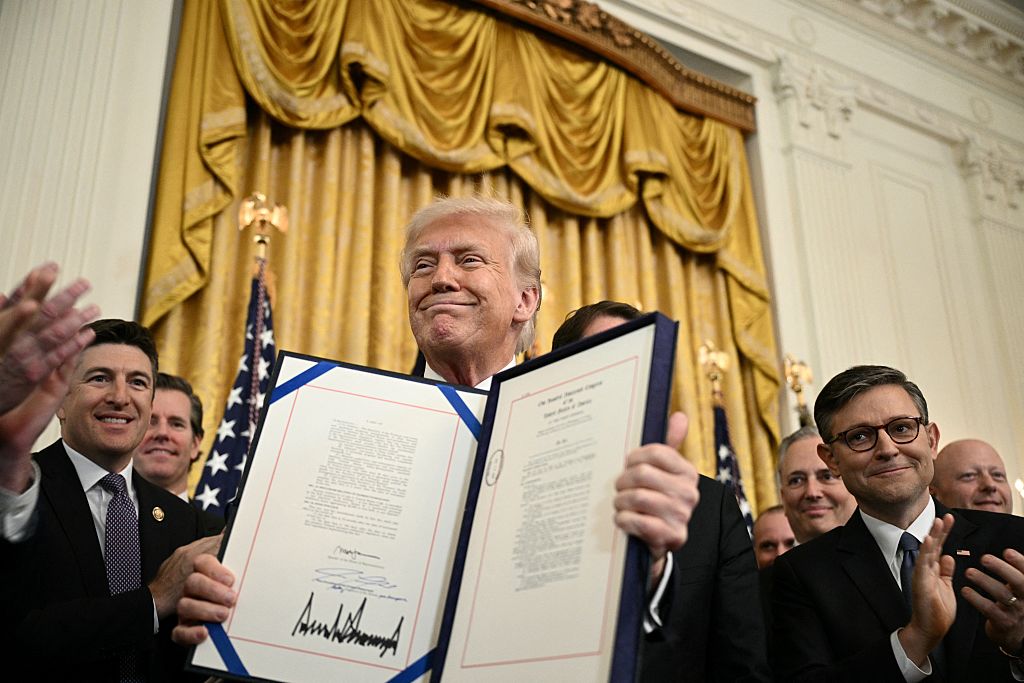 The steady rise of stablecoins
The steady rise of stablecoinsInnovations in cryptocurrency have created stablecoins, a new form of money. Trump is an enthusiastic supporter, but its benefits are not yet clear
-
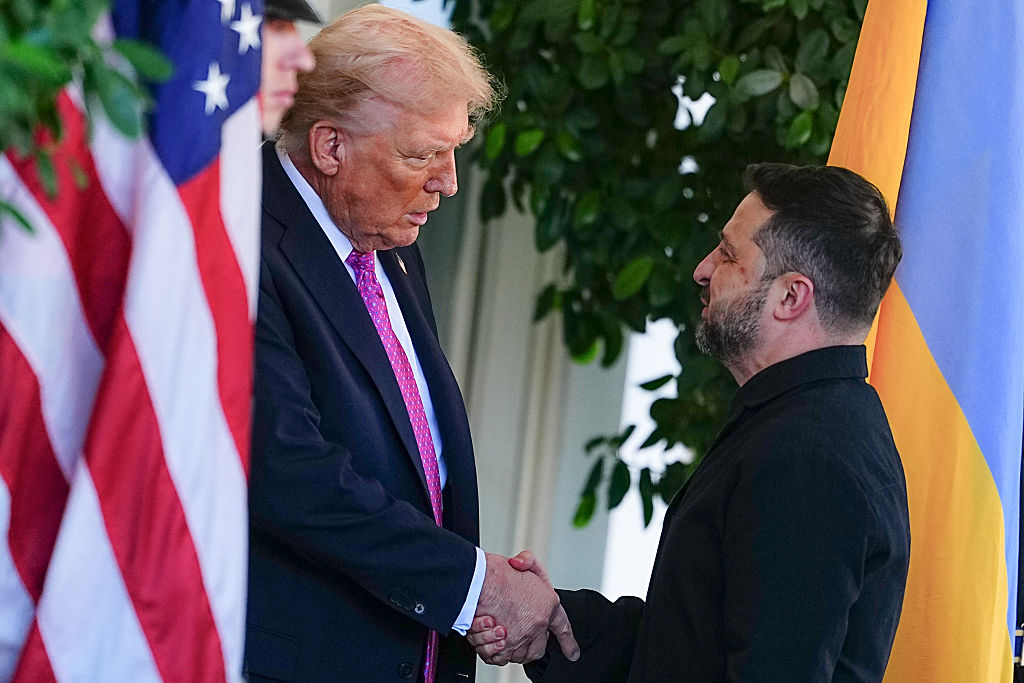 No peace dividend in Trump's Ukraine plan
No peace dividend in Trump's Ukraine planOpinion An end to fighting in Ukraine will hurt defence shares in the short term, but the boom is likely to continue given US isolationism, says Matthew Lynn
-
 Who is Jared Isaacman, SpaceX astronaut and Trump's pick as NASA chief?
Who is Jared Isaacman, SpaceX astronaut and Trump's pick as NASA chief?Jared Isaacman is a close ally of Elon Musk and the first non-professional astronaut to walk in space. Now, he is in charge of NASA
-
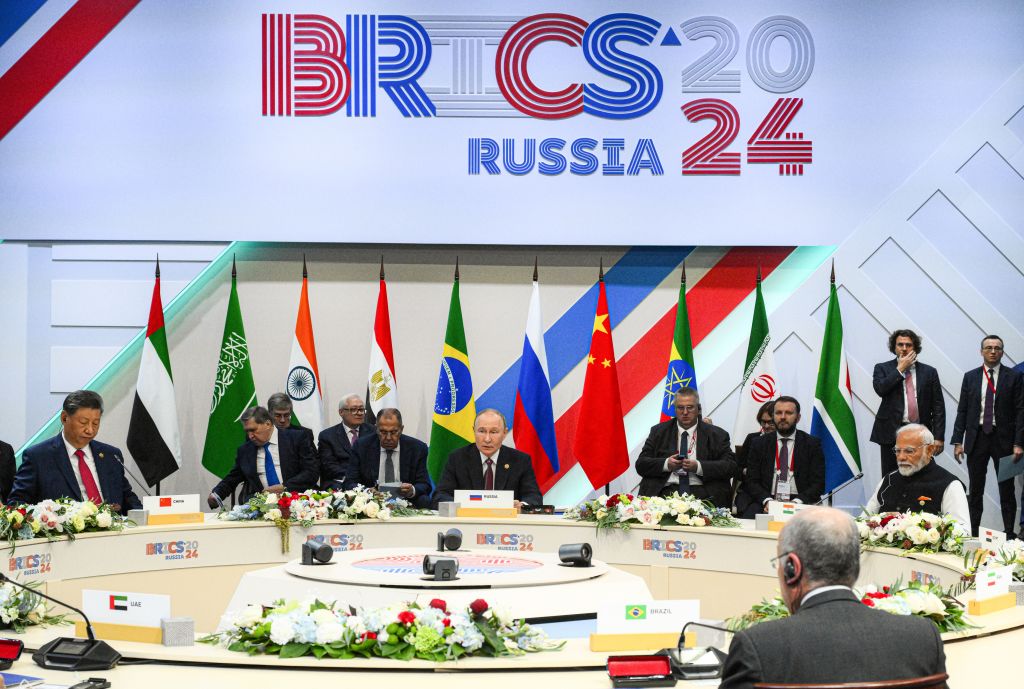 Investors need to get ready for an age of uncertainty and upheaval
Investors need to get ready for an age of uncertainty and upheavalTectonic geopolitical and economic shifts are underway. Investors need to consider a range of tools when positioning portfolios to accommodate these changes
-
 David Ellison: America's new media mogul
David Ellison: America's new media mogulDavid Ellison is building a mighty new force in old and new media. Critics worry that he will prove to be a Trumpian patsy. Is that fair?
-
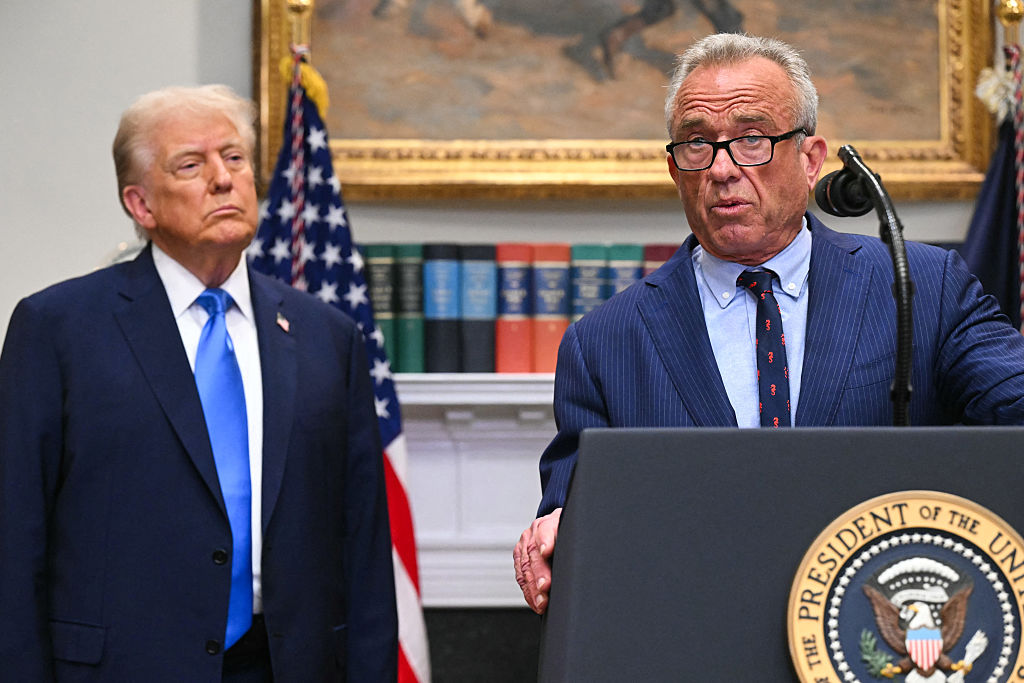 Healthcare stocks look cheap, but tread carefully
Healthcare stocks look cheap, but tread carefullyShares in healthcare companies could get a shot in the arm if uncertainty over policy in the US wanes, but are they worth the risk?
-
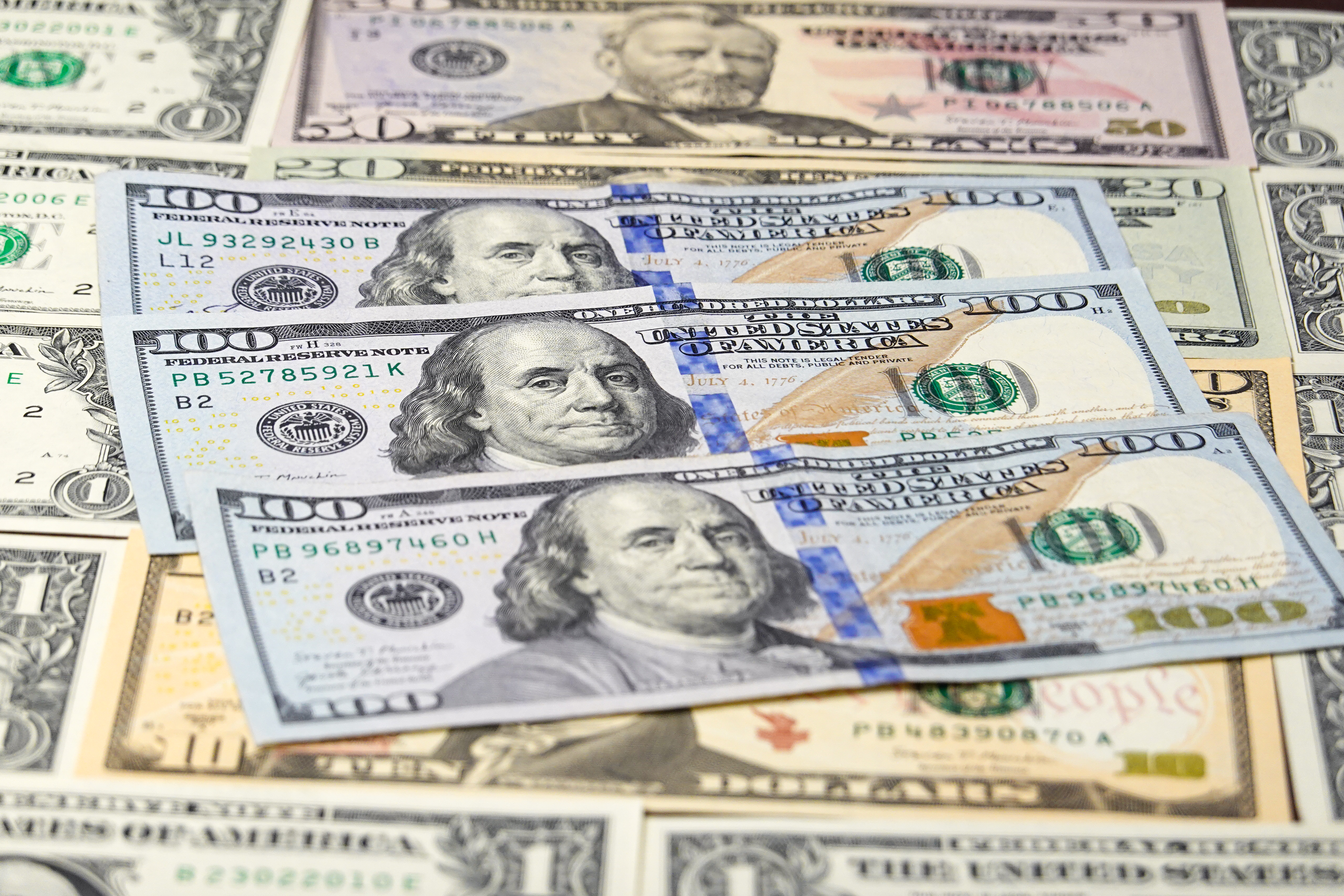 The challenge with currency hedging
The challenge with currency hedgingA weaker dollar will make currency hedges more appealing, but volatile rates may complicate the results
-
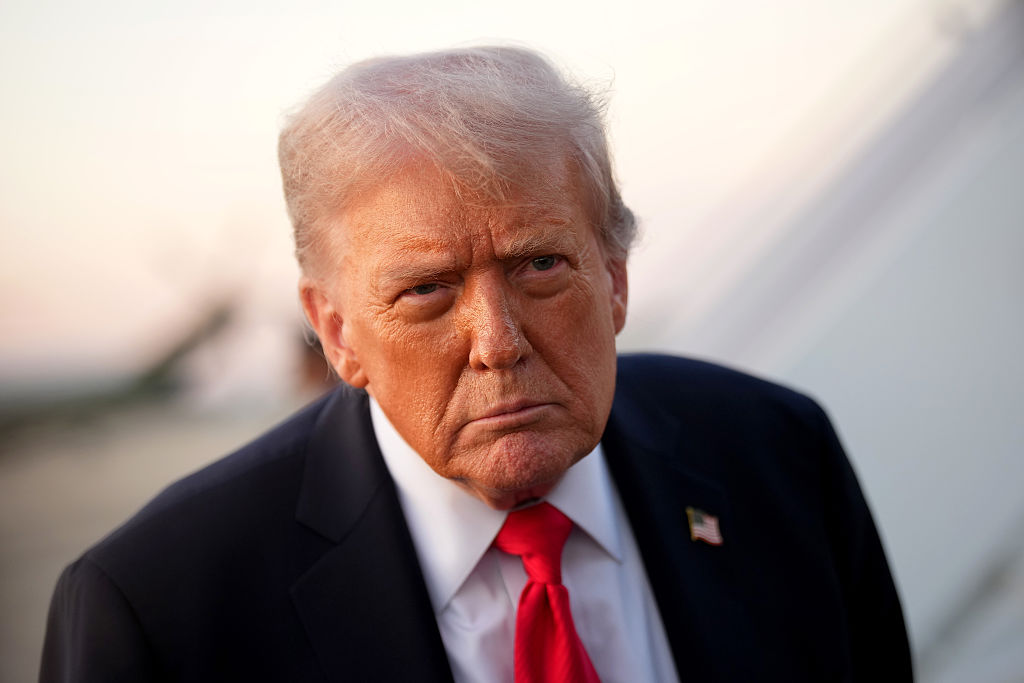 'Why you must own gold and Bitcoin'
'Why you must own gold and Bitcoin'Opinion The world is dedollarising, and gold and Bitcoin are the only alternatives. Buy now, says Dominic Frisby
